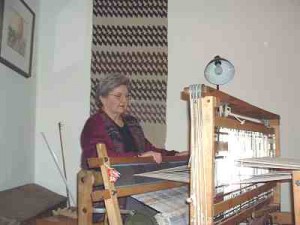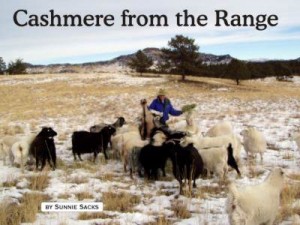Review by Ed Quillen
Mountain Life – March 2005 – Colorado Central Magazine
The Woodburner’s Companion – Practical Ways of Heating with Wood
by Dirk Thomas
Revised Edition
Published in 2004 by Alan C. Hood & Co.
ISBN 0911469249
WHENEVER PRICES RISE for modern fuels – as has been the case with natural gas, propane, and fuel oil in recent years – many of us start thinking about traditional heating fuels, like coal and wood.
These days, it’s pretty hard to find coal for home consumption, but wood is still going strong, and it seems like a simple proposition. Basically, all you’re doing is building a fire indoors, and conducting the smoke outdoors, right?
But as anyone who’s done it knows, it’s not nearly so simple. Our wood can range from light quick-burning aspen to heavy long-burning gambel oak, and its moisture content can vary from piece to piece. Depending on the vagaries of barometric pressure and wind, the stove might chug along for hours just needing an occasional feeding, or it could be fussy and sporadic and require frequent adjustments of draft and damper and an infusion of yesterday’s newspaper to inspire the draft.
And that’s just routine operation. Getting the wood can be as simple as making a phone call to a dealer, or as complex as running your own small logging operation from felling to bucking to splitting. Your flue might be a simple straight cylinder quickly cleaned with a brush, or a complex masonry edifice that perplexes even an experienced chimney sweep.
In The Woodburner’s Companion, author Dirk Thomas draws on his years of experience to offer some guidance, and by and large it’s pretty good and jibes with my experience – we have two wood-burners in our house (one’s a kitchen range and the other a 1979 airtight parlor stove) which we’ve used off and on for the past 15 years.
Thomas realizes that reasons for wood heat range from the æsthetic (the charm of a crackling fire) to the economic (wood works for people with more time than money), and that it’s not for everybody. It makes for a messy house, and stoves require attention in ways that furnaces do not.
HE STRESSES the importance of chimney cleaning – something we learned the hard way after a chimney fire in 1989 that he described perfectly: “Detection of a chimney fire is not usually a problem. It will likely announce itself with a prolonged roaring noise, smoke and odor in the house, and thick, dark smoke and sparks coming out of the top of the chimney.”
I felt somewhat gratified that then we did two things right, according to Thomas: “Shut off the fire’s air supply as completely as possible,” and “Call the fire department.”
Thomas provides plenty of guidance for inspecting and cleaning your own chimney, although he urges the reader to engage a professional sweep at regular intervals. Then there’s someone to inspect your work, and a person familiar with your heating system, in a position to spot potential problems before they turn into real ones with serious consequences.
The only problem with that advice is that, around here anyway, chimney sweeping seems to be a rather transitory occupation. We get our chimney cleaned every fall, and I don’t think we’ve ever had the same sweep two years in a row.
Another problem with this book is that it’s written by a Vermonter and focuses on New England – where there’s long-burning hardwood instead of our usual mix of ponderosa, spruce, fir, lodgepole, aspen, all with markedly different burning characteristics.
Note also that Thomas covers only heating with wood – if you want to do some cooking on the range, you’ll need to look elsewhere for guidance.
Even so, if you heat with wood or you’re considering it, The Woodburner’s Companion offers practical guidance focused on safety, but leavened with some wit. I’ve been burning wood off and on for 30 years, and I found plenty of new information here. It’s almost as good a companion as the stove on one of those gelid nights when you’re sharing the floor with the cats as you all stretch out, enjoy the warmth, and get totally slothful.



